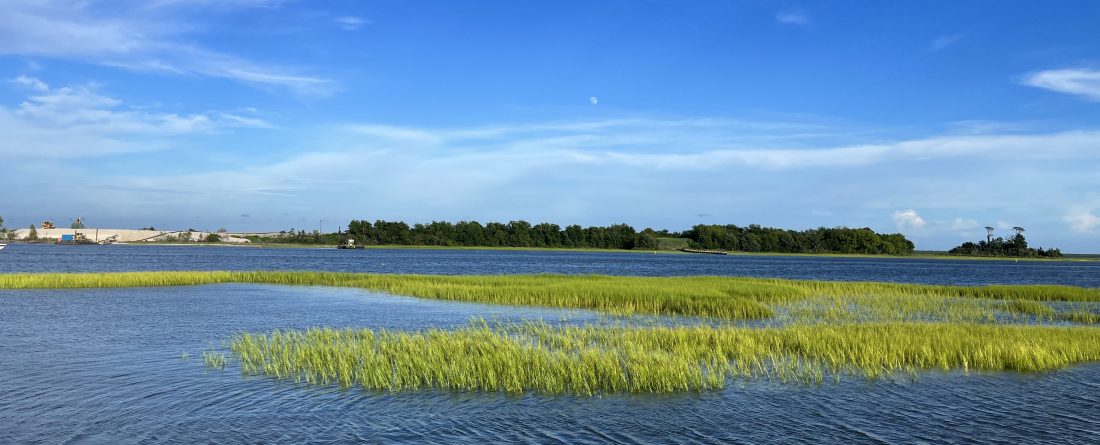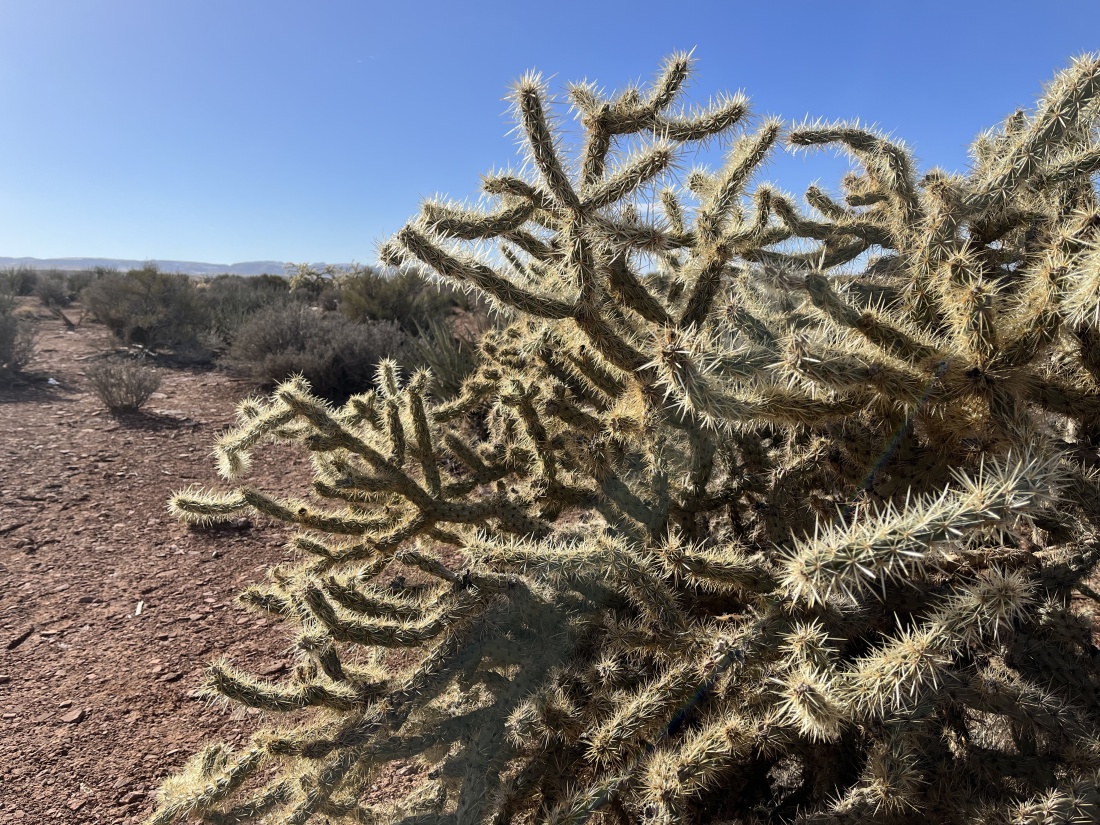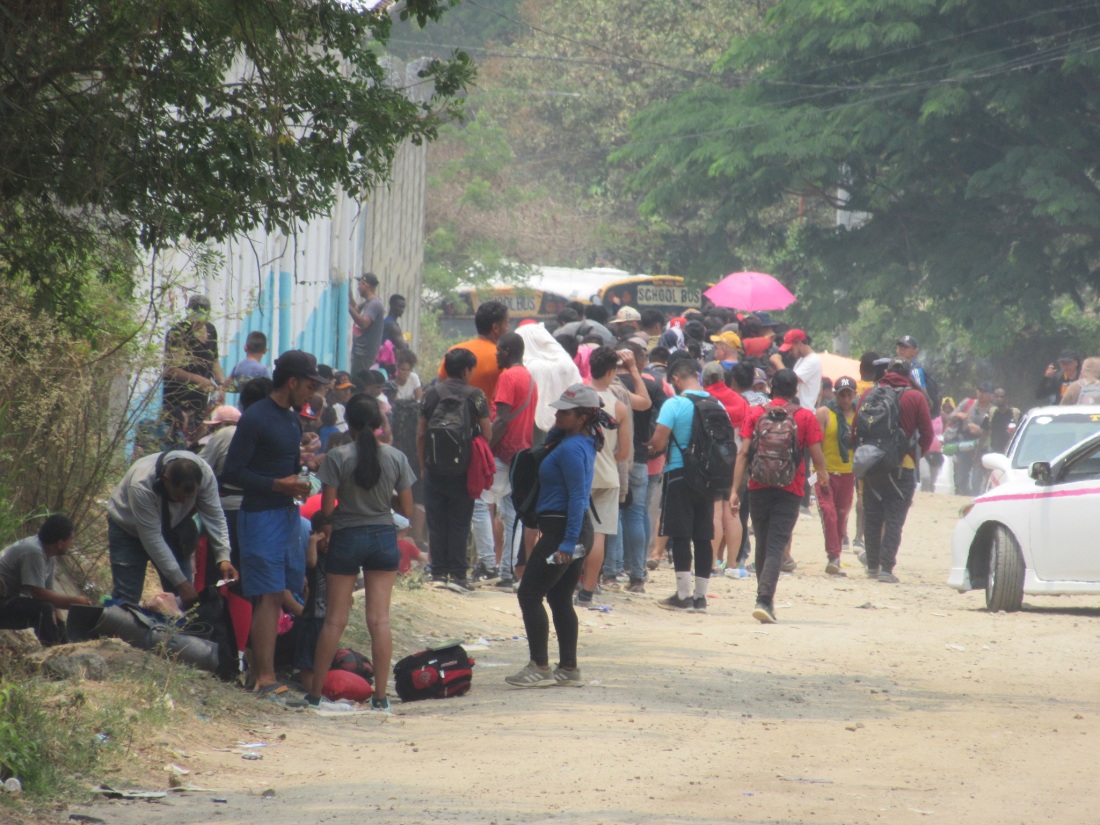Immigration politics are playing themselves out in the US in many disturbing ways, not the least of which is the current legal effort by Texas State Attorney General, Ken Paxton, to take down Annunciation House, a refugee and migrant services organization.
Annunciation House was started in the 1970s by church lay workers seeking to serve the poor. What became of that effort was a ministry that has served hundreds of thousands of refugees, migrants and local El Paso residents. Annunciation House provides food, shelter and other forms of humanitarian assistance and hospitality. It is well respected within El Paso and by those working to meet the needs of refugees and migrants all along the border.
As the saying goes, no good deed goes unpunished. In February of this year lawyers from Paxton’s office Texas arrived unannounced at Annunciation House demanding operational records. Since then, the Attorney General’s office has filed a lawsuit accusing the organization of being, “engaged in the operation of an illegal stash house by potentially allowing others to use its real estate to engage in human smuggling.”
This is so twisted that it’s hard to know where to begin. Human smuggling is a heinous crime, a business designed to exploit its victims. The humanitarian assistance and accompaniment provided by Annunciation House is as far from human smuggling as one can imagine. Their work is motivated by faith in God and a call to serve, not in the exploitation of others or the enrichment of themselves.
The Attorney General is trying to shut down Annunciation House and instill fear in those who provide aid to refugees and migrants throughout the state. The organizations on the border who provide this kind of assistance are run by volunteers and this lawsuit attempts to intimidate them. It forces volunteers to wonder: “if I drive a migrant to the hospital, can I be accused of smuggling? “
To use laws designed to combat human smuggling to close one of the premier migrant shelter and assistance organizations at the US-Mexico border is sick. It reminds me of Mexican President Andrés Manuel López Obrador’s attempt in 2021 to use an organized crime and money laundering statute to go after an academic institution – the misapplication of the law for political ends.
The reason there isn’t more of a crisis at the border is because of the work of places like Annunciation House. If the Texas AG wants a real crisis at the border, he would shut down places like Annunciation House and see what happens when the needs of so many are not met by non-governmental organizations but fall squarely upon local communities and state government.
Criminalizing humanitarian assistance does nothing to staunch the flow of migrants and asylum seekers. Furthermore, it does nothing to stop human smuggling. Blessed be those who serve the poor this Easter season and may they be protected from those who twist the law.
*First published in MexicoToday.com, the English language site of the Mexican paper La Reforma.








